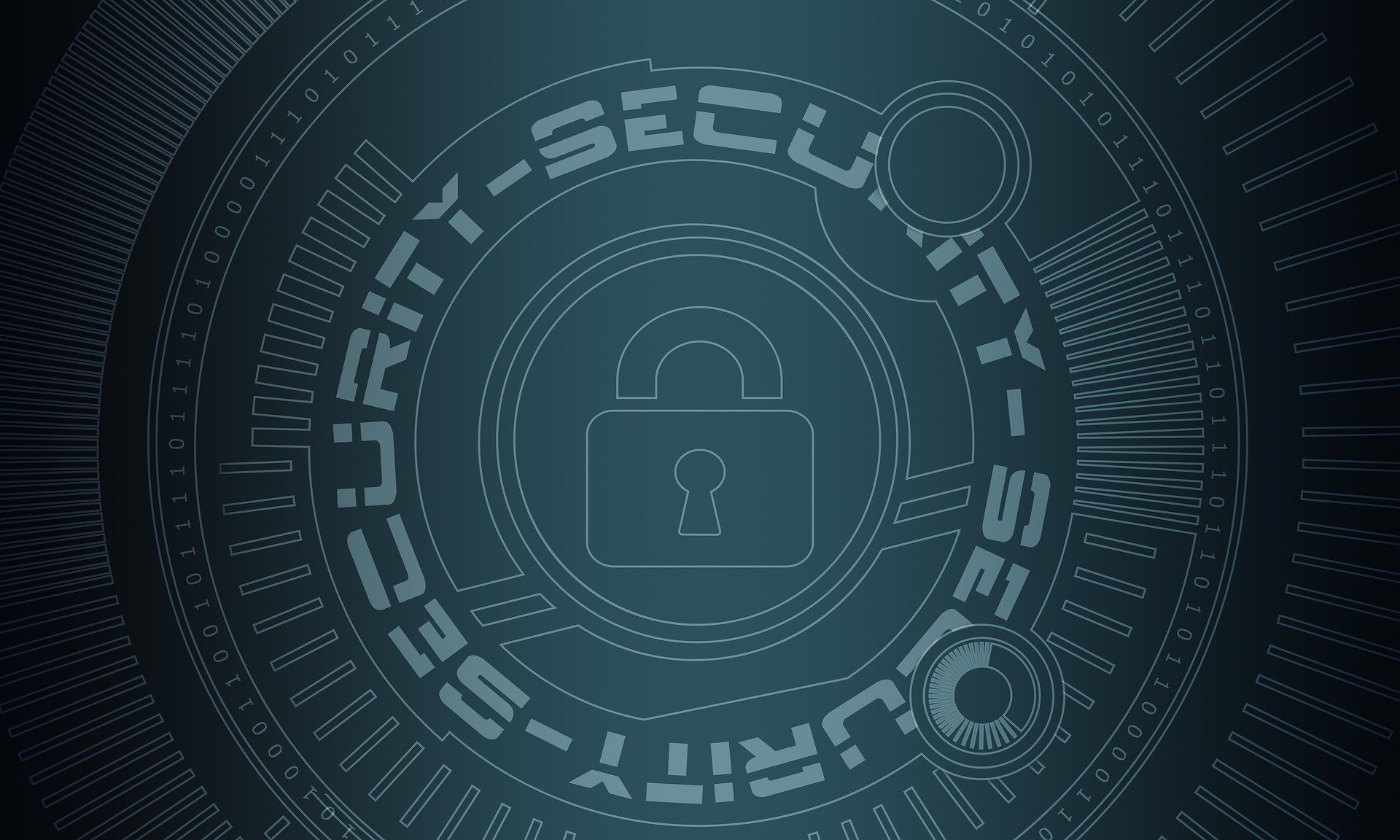A ransomware is a type of malware that targets crucial data on your system. This is not your typical malware that just wipes away data on your device but rather holds the data hostage.
When a device is infected by a ransomware, the data is made unavailable to you using encryption methods. If you want it back, you are made to pay a ransom or bounty in order to decrypt it and regain access.
Also read: What is ‘five eyes’ surveillance? How does it affect VPN services?
Methods of spreading Ransomware
There are countless ways to spread ransomware. The most common ways using which ransomware can infect your device and cause harm include:
- Downloading email attachments from unknown sources
- Software downloaded from untrusted sites
- External devices you connect to that are pre-infected
- Visiting malicious websites
Also read: Why you shouldn’t leave your device’s Bluetooth switched on in public?
The first Ransomware attack

The AIDS Trojan attack was the first ransomware attack of its kind carried out by Joseph Popp, an AIDS researcher in 1989. He is known for spreading a digital version of the AIDS disease by infecting around 20,000 floppy disks with the malware which he forwarded to his colleagues across 90 countries.
The malware contained software which enclosed a questionnaire for analysing reasons for which a person can get infected by AIDS. The malware was not one that executed immediately.
It was so programmed that when the software was turned on for the 90th time, it would be activated and a ransom of $189 would be demanded along with a software lease fee of $378 in exchange for all the data present on the device the floppy disk is connected to.
There were quite a lot of defects present in this ransomware, for instance, there was no need to pay the blackmailer in the first place as the decryption key could be extracted from the malware’s code itself.
Also read: What is Dark web? Difference between Deep web and Dark web
New technology ransomware
Extortionists soon realised after the first ransomware attack they had to come up with smarter and more brutal ways using which money could be extracted from people.
They developed smarter versions of the malware and targeted influential people/organisations and made sure the data they trapped was enough to get bring them on their knees.
The main problem was that because they had to do this with minimal interaction, it was difficult to extort the ransom in person and there was a huge probability of getting caught if the victim involved the authoritative forces.
Also, if they provided credit/debit card details for an online transaction, even if it belonged to a John Doe, there were methods using which they could be traced. Ransomware attacks gained much more momentum with the invention of cryptocurrency.
The hackers carried out the attack and demanded cryptocurrencies like Bitcoin in exchange. This was great for their business as it ensured their anonymity. Major crypto-ransomware attacks included:
- CryptoLocker
- CryptoWall
- Locky
- TeslaCrypt
- WannaCry
Many ransomware attackers these days resort to cryptojacking attacks instead as it saves them the effort of pressurising the victim and also since the former guarantees great profits in a shorter span of time.
Ways to prevent ransomware

The basic methods you could follow to prevent ransomware attacks from taking place include:
Installing credible anti-viruses
A great way of not getting infected by a ransomware is to detect it before-hand. Install reliable anti-viruses and make sure your firewall is up and running at all times.
Taking a backup of your data
It is a good idea to keep a backup of your crucial data so you wouldn’t be so handicapped and consider isolating it from public networks to get it out of the reach of such attacks.
There are several other ways that can be implemented in order to protect your device against ransomware. You can check seven more ways using which you can secure your PC against ransomware.






